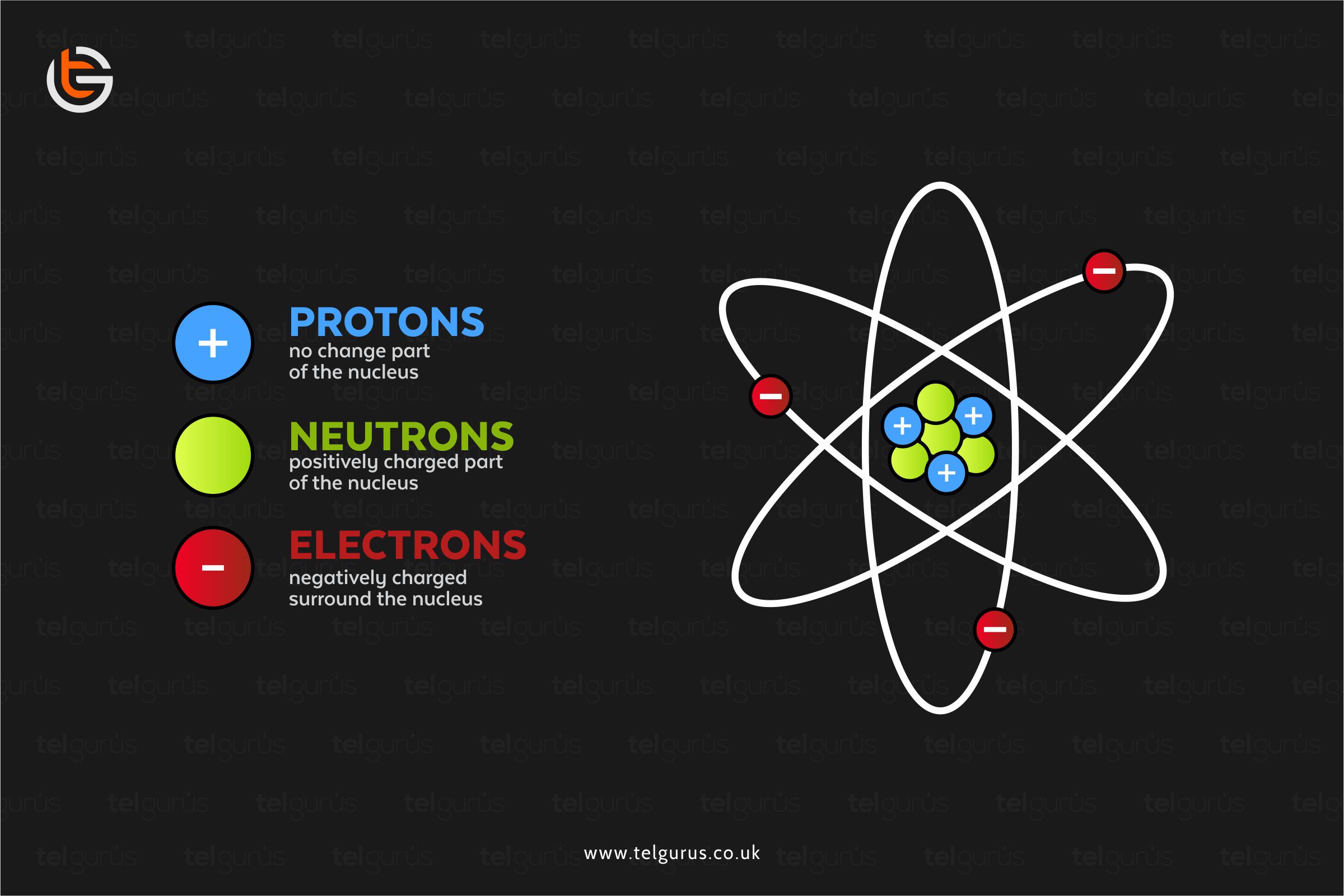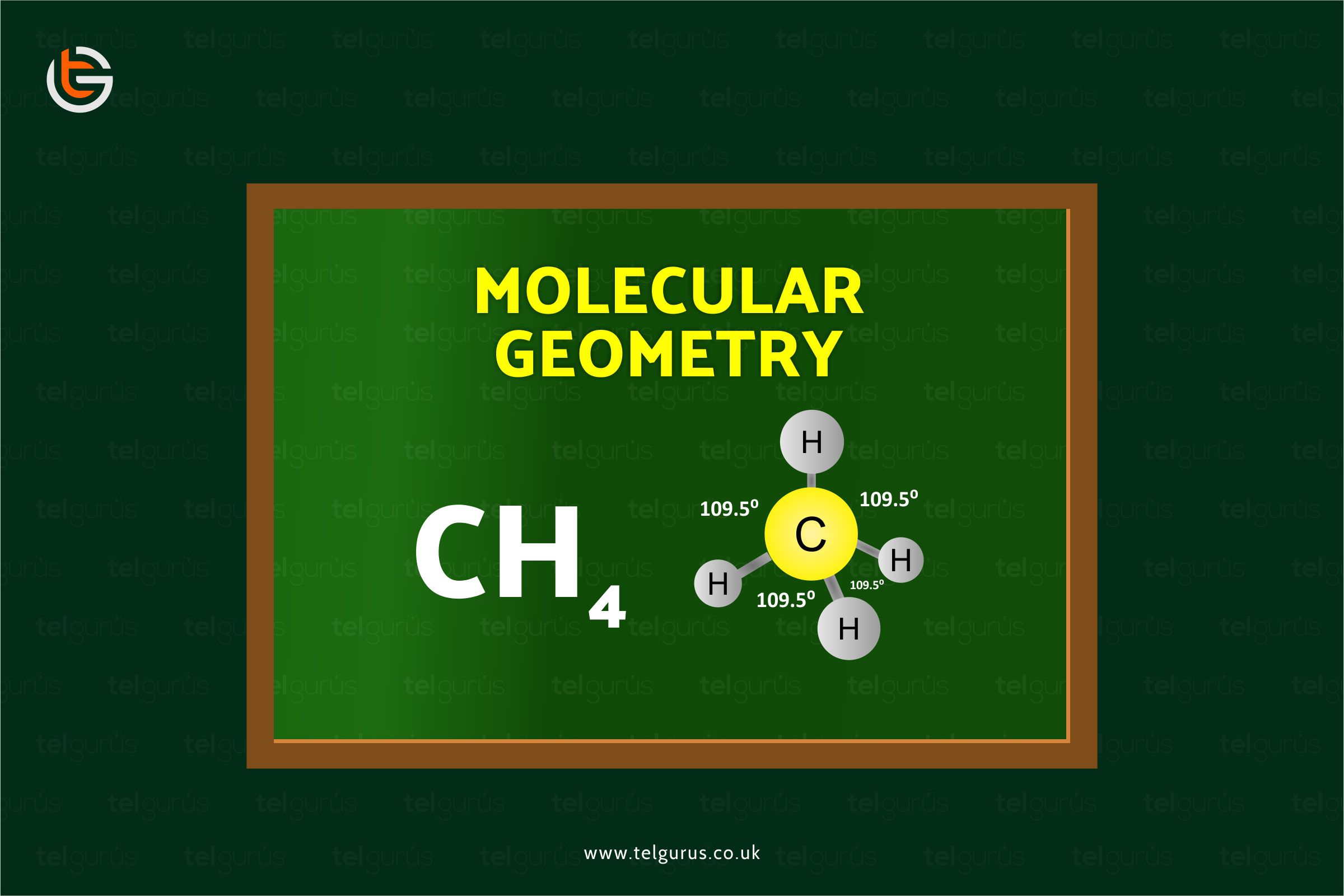Enrich your knowledge with our informative blogs
How is a leaf adapted for photosynthesis?

The leaf is a plant’s organ that comprises several tissues like the epidermis on the lower and upper side, palisade, and spongy mesophyll that are organized in such a manner that it becomes useful in photosynthesis.
Let us get acquainted with all the essential information concerning the leaf adaptation for photosynthesis.
What are the leaf adaptations for photosynthesis?
Leaves are generally adapted for the photosynthesis process and gaseous exchange. The basic function of the leaf is photosynthesis in order to absorb carbon dioxide and light to produce food in terms of glucose.
Leaf adaptations for photosynthesis include:
- Chlorophyll presence containing chloroplast
- Larger surface area for the maximum light absorption
- Stomata permit the carbon dioxide to diffuse into the leaf and the oxygen to diffuse out.
- A thin structure
- Veins large network to support leaf and transport mineral ions, water, and sugar
Leaf adaptation for photosynthesis
- The leaf’s surface area is maximized so that it can absorb the maximum sunlight.
- The thinner structure of the leaf helps reduce the distance so that the CO2 easily diffuses and is useful in such a manner that the sunlight reaches up to the leaf’s middle.
- Stomata help in water exchange and gas diffusion.
- Air spaces augment the gas exchange surface area inside the cell.
- Vein’s presence helps in water, minerals, and other essential transfer.
- The tubes network to transport food and water.
How is leaf adapted for photosynthesis?
Leaves have a larger surface area, and that is why more light hits them. A leaf’s upper epidermis is generally transparent that allowing the light to enter the leaf.
The palisade cells are composed of several chloroplasts that permit the light to be converted into energy by leaf.
And the leaf has airspaces that allow the better diffusion of carbon dioxide into the leaf.
Bottom Line!
We hope this answer gave you a clear idea about the leaf adaptation process for photosynthesis and the other details concerning it.
Read More – Biology Questions
View More – Useful links for Your Child’s Development

Visualize the in-depth understanding of the natural world!
Biology would sound more interesting when your curiosity levels are satisfied with better visuals & logical explanations.
Categories
Recent Posts
- List of the qualities you should look for in your tutors?
- What is the most useful formulas in math?
- Describe the process of eating to defecation of food?
- Difference between the natural and artificial active response by the immunology system.
- Explain the different circle theorems
- How are nerve cells adapted to their function?










